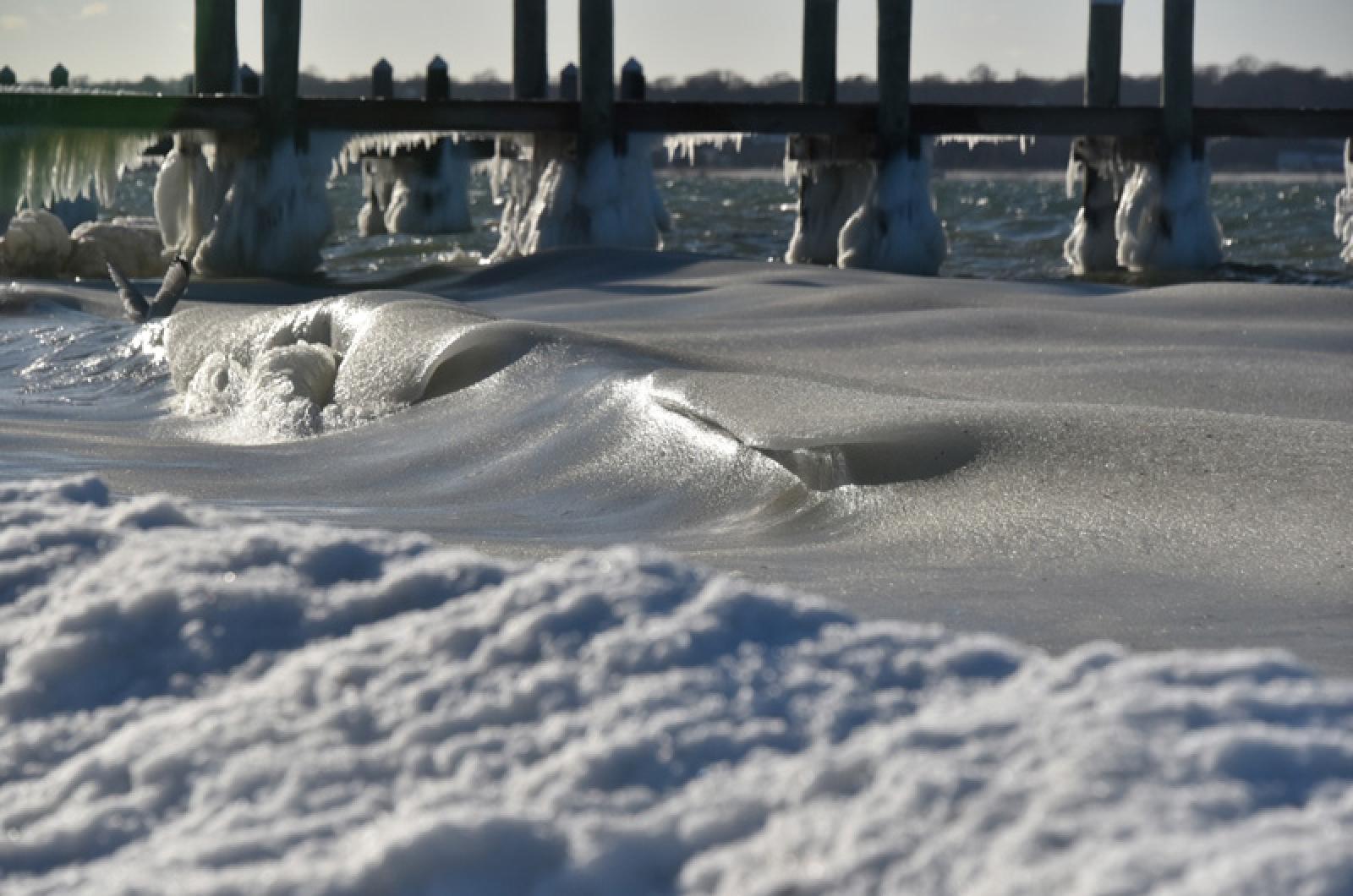Though January has just begun, the month has gifted us with a whole new vocabulary. The weather has been wild with new slush and cyclone sensations, ice irregularities, and wind wonders to make for a stimulating season.
Bombogenesis and bomb cyclone are now household words. If you still don’t have a grasp on these phenomena, consider this basic explanation: bombogenesis is the process of the birth of a specific type of storm called a bomb cyclone.
Interestingly, these words are not hyperbole or dramatic made-up names to create hype; they are actual real scientific terms. And it is not wind, snow or temperature that defines them.
The key is instead, air pressure. To own the term “bomb,” the pressure must drop at least 24 millibars in under 24 hours. It is about the speed of the creation of the storm.
The storm and associated cold temperatures created another unusual and interesting occurrence. We now can say that 7-11 doesn’t have a monopoly (and must not have a trademark) on the term slurpee.
Slurpee waves, also called slush waves, were reported in a few areas. Nantucket’s sightings, photos and video received much publicity, being widely reported in multiple news outlets including PBS, Smithsonian, NY Times, Boston Globe, CBS, NBC, and even across the pond in the UK Daily Mail.
This isn’t surprising, since slurpee waves are a rare happening, with only a few documented occurrences, earlier in the month and in a cold snap during the winter of 2015.
We all know that fresh water freezes at 32 degrees Fahrenheit. Salt water, however, needs a lower temperature, around 28.8 degrees, to begin to freeze. Slurpee waves form as the water begins to freeze, but the movement of the waves prohibit the new ice crystals from becoming a regular sheet of ice.
The slush waves also behave differently than the regular waves. They move slower and, somewhat strangely, break silently. So instead of the regular sounds of waves crashing, one hears almost nothing as they meet the shore. These waves will deposit layer upon layer of ice and can form a solid ice rind on the beach. They also can freeze completely and become immobile. While slurpee waves are short-lived, surfers can still ride them and they did.
Impressive too, was the cold. In another time, Mark Twain felt the same pain, insisting, “If the thermometer had been an inch longer we’d have frozen to death.“
Though records may not have been broken, temperatures lingered in the single digits and felt like negative numbers.
Some did succumb to the cold. It was reported that four thresher sharks perished during the frigid weather, likely as a result of getting caught (as sea turtles can) in the arm of Cape Cod as they tried to migrate south to warmer waters.
The cold snap lifted, it rained, the ice melted, and now temperatures are again returning to more typical winter conditions. The extreme weather reminds us that the results of climate change are not just an intangible future issue, rather, they represent what Jim Yong Kim, president of the World Bank, called “the fierce urgency of the now.”
Suzan Bellincampi is director of the Felix Neck Wildlife Sanctuary in Edgartown, and author of Martha’s Vineyard: A Field Guide to Island Nature.







Comments
Comment policy »